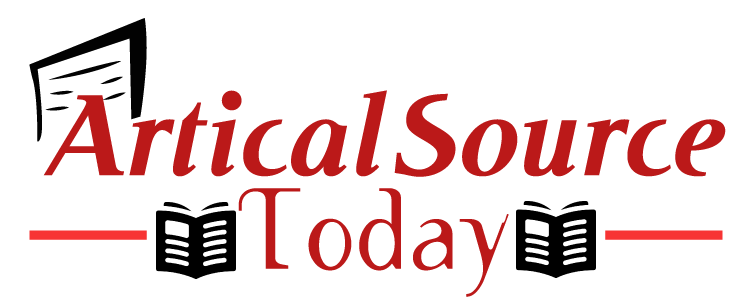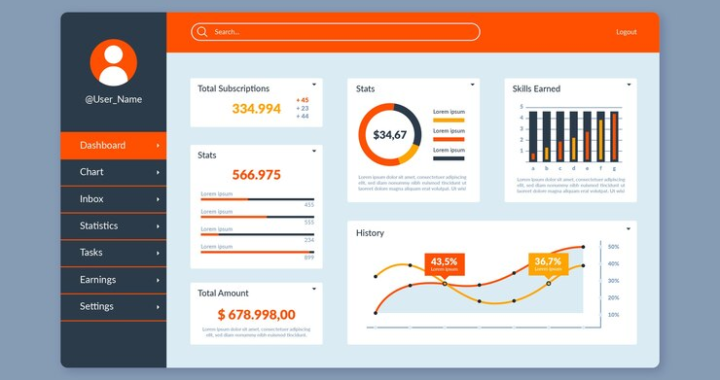Unveiling the Cost Breakdown of Zoom Phone Features

In today’s communication-driven world, businesses need a reliable and feature-rich phone system. Zoom Phone has emerged as a popular option, offering a cloud-based solution integrated with the familiar Zoom platform. However, with Zoom phone pricing being a common search term, understanding the cost breakdown of its features is crucial before diving in.
Here, we’ll unveil the different Zoom Phone plans and the associated costs for each feature, helping you make an informed decision.
1. Base Plan:
Zoom Phone offers a tiered pricing structure, starting with its base plan. This plan typically includes essential features such as unlimited calling within select countries, voicemail, and call forwarding. Priced competitively, the base plan is a solid foundation for businesses seeking reliable voice communication.
2. Additional Features:
Beyond the base plan, Zoom Phone offers a range of additional features tailored to meet diverse business requirements. These features may include advanced call routing, automatic call recording, and integration with CRM platforms. While adding these features incurs extra costs, they provide invaluable functionalities for businesses aiming to optimize communication workflows.
3. International Calling:
International calling capabilities are indispensable for organizations with global operations. Zoom Phone offers competitive rates for international calls, enabling businesses to communicate effectively with clients, partners, and employees worldwide. The transparent pricing structure ensures that businesses can accurately predict and manage their international calling expenses.
4. User Licenses:
Zoom Phone’s pricing is structured around a per-user licensing model, offering businesses the flexibility to scale their communication needs as their operations grow. This model ensures that businesses only pay for the users who access the service, avoiding unnecessary expenses. For organizations with a large number of users, volume discounts may be available, further enhancing the cost-effectiveness of Zoom Phone.
5. Integration Costs:
One of the key advantages of Zoom Phone is its seamless integration with the broader Zoom ecosystem. However, integrating Zoom Phone with other collaboration tools or third-party applications may incur additional costs. Businesses should factor in these integration costs when evaluating the overall affordability of Zoom Phone.
6. Support and Maintenance:
While Zoom Phone prides itself on its user-friendly interface and reliability, businesses may opt for additional support and maintenance packages for enhanced peace of mind. These packages typically include priority support, proactive monitoring, and regular updates. While they add to the overall cost, they ensure uninterrupted access to critical communication services.
7. Total Cost of Ownership:
When considering the cost of a Zoom Phone, it’s crucial to understand the total cost of ownership (TCO) concept. This includes not just the subscription fees but also hardware costs, implementation expenses, and ongoing support costs. By considering the TCO, businesses can accurately assess the financial implications of adopting Zoom Phone, helping them make informed decisions about their communication strategy.
Conclusion
By understanding the cost breakdown of Zoom phone pricing, you can invest in a solution that seamlessly integrates with your existing Zoom environment. Whether you choose the core plans or leverage the power of add-ons like the International Calling or Zoom Phone Power Pack, Zoom Phone empowers you to move beyond traditional phone systems and embrace the benefits of a unified communications platform.







